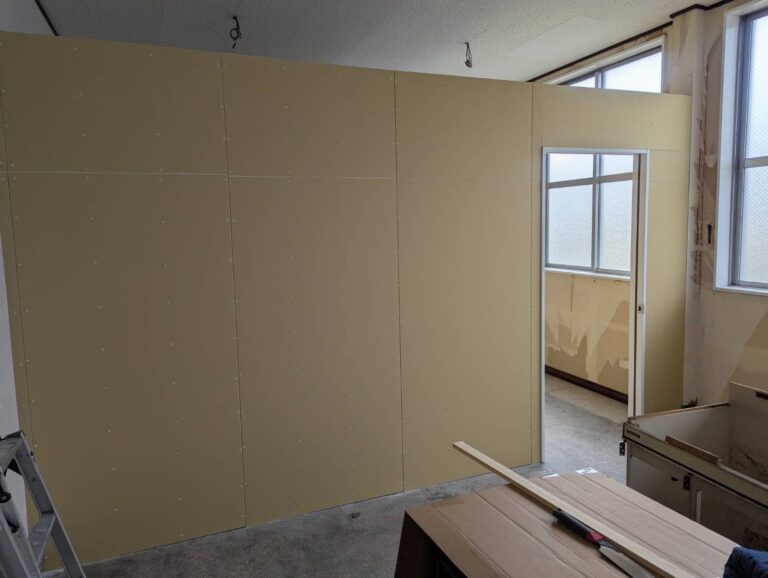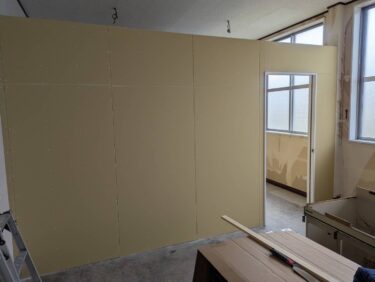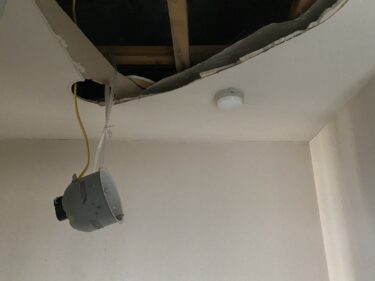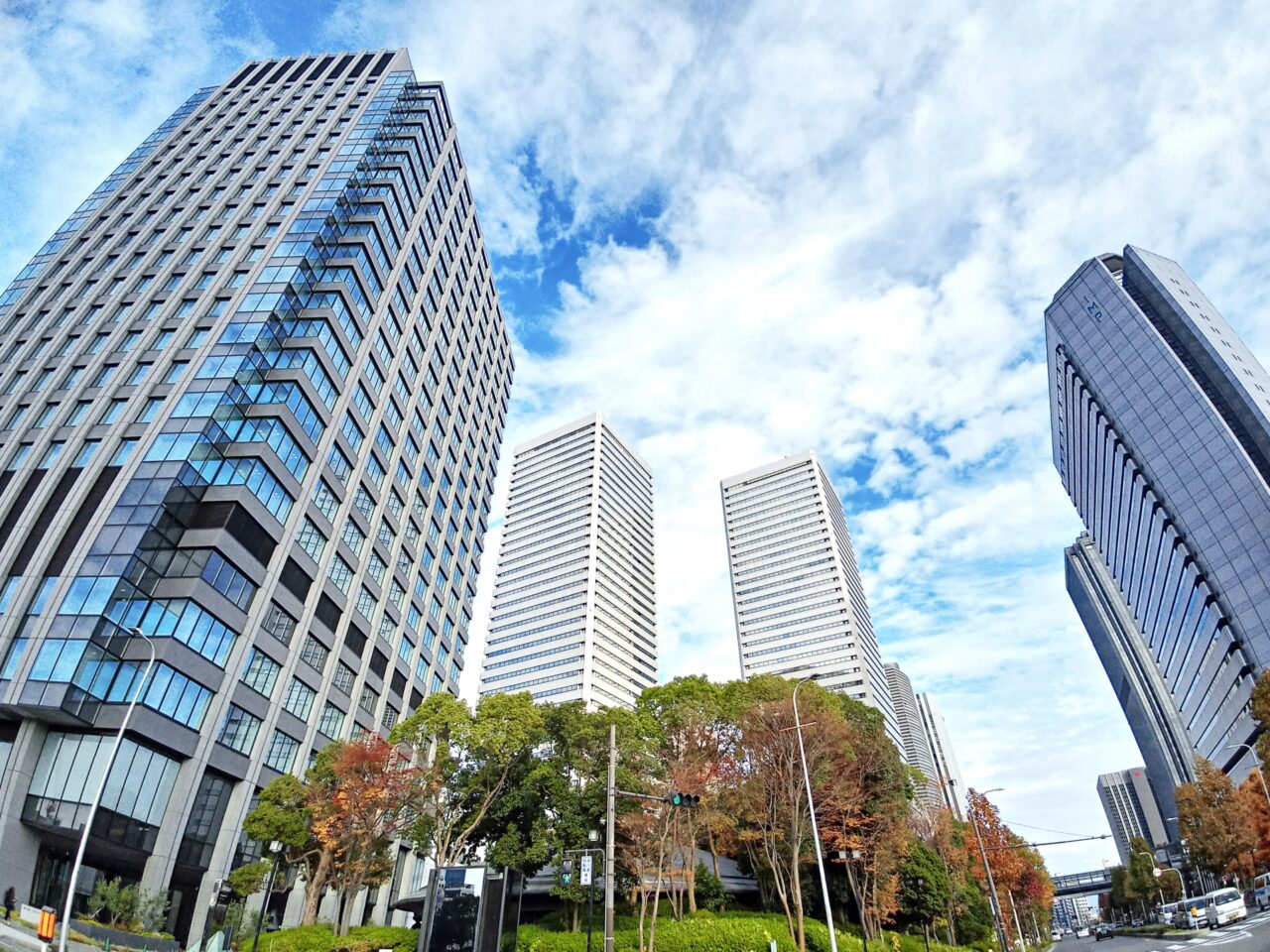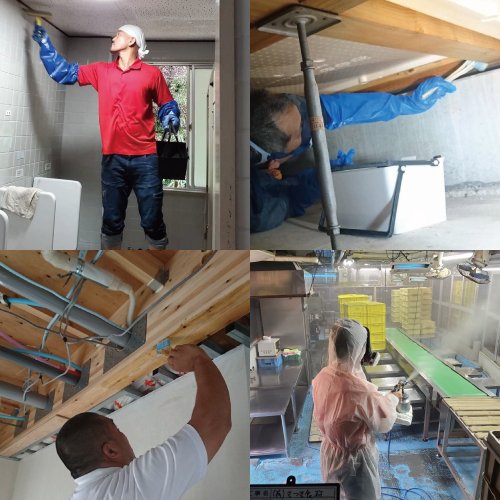Issue raised:
Damage caused by invisible mold is increasing in upscale residential areas and highly airtight houses in the Kansai region. Concerns over declining property values and health risks are prompting calls for immediate countermeasures.
What you can learn from the article:
This article details the actual situation of mold damage, its causes, and specific countermeasures in Kansai’s high-end residential areas and highly airtight housing.
Benefits of reading the article:
You will gain knowledge on how to prevent property value loss and health risks caused by mold and learn effective countermeasures. This information is beneficial for residents of luxury homes and those considering real estate investment.
1. The Reality of Mold Damage in Kansai’s Luxury Residential Areas
In recent years, mold damage in Kansai’s luxury residential areas has become increasingly severe. Unique designs and materials used in high-end properties can unintentionally create environments conducive to mold growth. Notably, areas like Okazaki, Kitashirakawa, and Ashiya have reported cases where hidden mold within structures has impacted property values.
1-1. Mold Damage Cases in Ashiya, Kitashirakawa, and Okazaki
Ashiya City and the Kitashirakawa and Okazaki areas of Kyoto are renowned for their upscale residential neighborhoods. Despite their beautiful exteriors, these areas are experiencing significant indoor mold issues. The popularity of wooden homes and designs utilizing natural materials contributes to this problem. Architectural choices prioritizing aesthetics often compromise ventilation and moisture control, leading to mold proliferation in unseen areas like walls, under floors, and closets. The surrounding mountains and greenery in Kitashirakawa and Okazaki further exacerbate humidity levels, creating ideal conditions for mold. There have been instances where newly built, high-priced properties have seen their value decline within a few years due to mold issues.
1-2. Unique Factors Contributing to Mold in Luxury Homes
Many luxury homes employ high-insulation and airtight designs, using tightly sealed windows and exterior materials to enhance energy efficiency. While these features offer comfort, they can inadvertently hinder air circulation. Inadequate ventilation traps indoor moisture from activities like breathing, cooking, and bathing, leading to condensation within walls and ceilings. This environment fosters mold growth, which may manifest as stains or odors. Additionally, the use of organic materials in interiors provides ample nutrients for mold, further aggravating the situation.
2. Mold Risks in High-Insulation, Airtight Homes
Modern homes with high-insulation and airtight structures excel in energy efficiency but pose risks of internal condensation and poor ventilation, leading to mold issues. These homes, while comfortable and functional, can harbor unseen mold problems.
2-1. The Relationship Between Energy-Efficient Homes and Mold
High-insulation, airtight homes are designed to minimize external air influence, featuring insulated windows and walls to maximize heating and cooling efficiency. However, this design limits natural air exchange, causing indoor moisture from daily activities to accumulate. In winter, this trapped moisture often condenses within walls, creating breeding grounds for mold. There have been cases where homes less than three years old have experienced extensive mold infestations, necessitating wallpaper replacement and insulation upgrades.
2-2. Importance of Ventilation and Humidity Control to Prevent Mold
Preventing mold in airtight homes requires proper use of 24-hour ventilation systems. However, clogged filters, incorrect settings, and user misunderstandings often result in insufficient ventilation. Everyday habits like using humidifiers or drying laundry indoors also contribute to moisture buildup. Maintaining indoor humidity between 40–60% is ideal. Regular use of dehumidifiers and ventilation, along with constant humidity monitoring, are effective measures against mold.
3. How Invisible Mold Reduces Property Value
Hidden mold contamination significantly lowers a home’s appraisal value. Prospective buyers may detect subtle odors or discomfort during visits, and home inspections revealing mold can drastically diminish a property’s appeal.
3-1. Structural Deterioration and Decreased Appraisal Due to Mold
Mold damages structural and finishing materials. In wooden homes, mold can penetrate deep into the wood, weakening its integrity. Consequently, homes may be assessed as deteriorated beyond their actual age, leading to substantial reductions in resale value. Properties with mold issues are often flagged by architects and real estate agents, making them harder to sell.
3-2. Impact of Mold Problems on Investment Properties
Mold issues are particularly problematic for income-generating properties. Tenant complaints and increased maintenance costs can significantly reduce expected returns. In luxury rentals, where tenant expectations are high, mold problems can lead to vacancies. Maintaining a mold-free environment is essential for preserving long-term property value.
4. Mold Issues in Kyoto’s Okazaki and Kitashirakawa Areas
Kyoto’s upscale neighborhoods, Okazaki and Kitashirakawa, are known for their scenic beauty and serene living environments. However, these areas also present favorable conditions for mold growth due to climate and architectural styles.
4-1. Relationship Between Traditional Architecture and Mold
Kyoto homes often feature traditional wooden constructions like machiya and sukiya-zukuri, utilizing natural materials with excellent humidity control. However, when combined with modern living habits, these structures can become mold-prone. Poor insulation leads to condensation, especially during winter heating, trapping moisture indoors. The historical significance of these buildings makes ventilation improvements challenging.
4-2. Regional Climate’s Influence on Mold Growth
Kyoto’s inland climate brings hot, humid summers and cold winters. These temperature and humidity fluctuations cause condensation, increasing mold risks year-round. In mountainous areas like Kitashirakawa, significant temperature differences between day and night result in heavy condensation on walls and windows. Without proper management, mold can spread rapidly within weeks, necessitating climate-adapted countermeasures.
5. Importance of Mold Cleaning in Luxury Rental Properties
Luxury rental properties must meet high tenant expectations for living conditions. Mold issues can severely damage the property’s reputation, affecting impressions during viewings, comfort during tenancy, and evaluations upon move-out.
5-1. Tenant Satisfaction and Mold Prevention
Tenants in luxury rentals prioritize comfort and cleanliness. Even minor mold odors or stains can lead to dissatisfaction and lower property evaluations. Mold in frequently used areas like bathrooms and closets can result in complaints or early lease terminations. Ensuring tenant satisfaction requires thorough pre-occupancy cleaning and regular inspections, including professional mold removal to eliminate odor sources.
5-2. Benefits of Professional Mold Cleaning
Professional mold cleaning addresses issues beyond the capabilities of commercial mold removers. Experts can treat mold hidden within walls, under floors, and above ceilings, implementing measures to prevent recurrence. They tailor treatments to specific materials, preserving delicate finishes like natural wood and diatomaceous earth commonly found in luxury homes. This approach maintains the property’s aesthetics and structure while mitigating mold risks.
6. Mold Problems Around International Schools
Areas surrounding international schools in Kansai are popular for luxury homes catering to foreign families. Despite this, mold issues persist, posing health risks, especially for children.
6-1. Health Risks of Mold in School Facilities
Many international school buildings are aging, with inadequate humidity control and ventilation. Consequently, mold can thrive in classrooms, restrooms, and gyms, leading to allergies and asthma among students. Health-conscious international families may lose trust in schools and surrounding environments if health risks are present. Children, being more vulnerable, require stringent mold prevention measures.
6-2. Measures to Protect Children’s Safety
Families residing near schools prioritize safe living environments for their children. Maintaining mold-free air quality involves regular ventilation, using dehumidifiers and air purifiers, and conducting building inspections and maintenance. Visible mold signs, like dark spots on walls or floors, should prompt consultation with professionals. In areas around international schools, reputation plays a significant role, making a clean and safe property a key selection criterion.
7. Mold Issues and Solutions in Foreign Resident Properties
Properties with many foreign tenants may encounter mold-related disputes due to cultural differences in mold perception. Providing appropriate measures and information to tenants unfamiliar with Japan’s climate and housing structures is essential.
7-1. Cultural Differences in Mold Perception
In some countries, mold is viewed as a serious health hazard, with any presence deemed unacceptable. In Japan, minor mold may be considered a normal part of life. For foreign tenants, mold issues can directly implicate landlords or property managers. Building trust requires clear communication, including explanations in English and assurances of mold prevention measures during lease agreements.
7-2. Educating Foreign Tenants on Mold Prevention
It’s crucial to inform tenants about Japan’s unique climate-related mold risks, such as the rainy season and winter condensation. Providing guidance on regular ventilation, identifying mold-prone areas, and preventive measures encourages proactive tenant involvement. Prompt responses to mold occurrences and collaboration with English-speaking service providers further enhance tenant trust and satisfaction.
Consult with Taikou Kensou Co., Ltd. for Comprehensive Mold Removal and Renovation Services
As highlighted, luxury and high-insulation homes are susceptible to hidden mold, which can lead to decreased property values and health issues if left unaddressed. In Kansai’s upscale neighborhoods and high-end rental properties for foreign residents, professional mold remediation is essential for maintaining a comfortable living environment.
At “Kabi Busters Osaka” and “Mold Removal and Renovation Tokyo/Nagoya”, we offer integrated services that go beyond mere mold removal. Our parent company, Taikou Kensou Co., Ltd., specializes in both mold remediation and home renovation, providing comprehensive solutions to restore and enhance your living spaces.
Utilizing our proprietary MIST Method®, we effectively eliminate mold without damaging materials, ensuring the preservation of your home’s integrity. Our renovation services include:
-
Water Area Renovations (Kitchens, Bathrooms, Washrooms, Toilets): Combining moisture-resistant designs with high-performance equipment to prevent mold growth.
-
Interior Renovations (Walls, Floors, Ceilings): Replacing mold-affected areas with health-conscious materials to create breathable spaces.
-
Layout Changes and Insulation Improvements: Modifying structures to maintain insulation while reducing mold susceptibility.
-
Preservation of Historic and Luxury Homes: Renovating with attention to materials and aesthetics to maintain property value.
Our team of experts in both mold remediation and renovation ensures the creation of mold-resistant homes. “Kabi Busters Osaka” and “Mold Removal and Renovation Tokyo/Nagoya” provide region-specific solutions tailored to local climates and architectural styles.
If you own a luxury home, manage properties near international schools, or oversee rentals for foreign residents and are concerned about hidden mold issues, please consult with Taikou Kensou Co., Ltd.. We offer free consultations and on-site inspections to help protect your home’s health and value.

